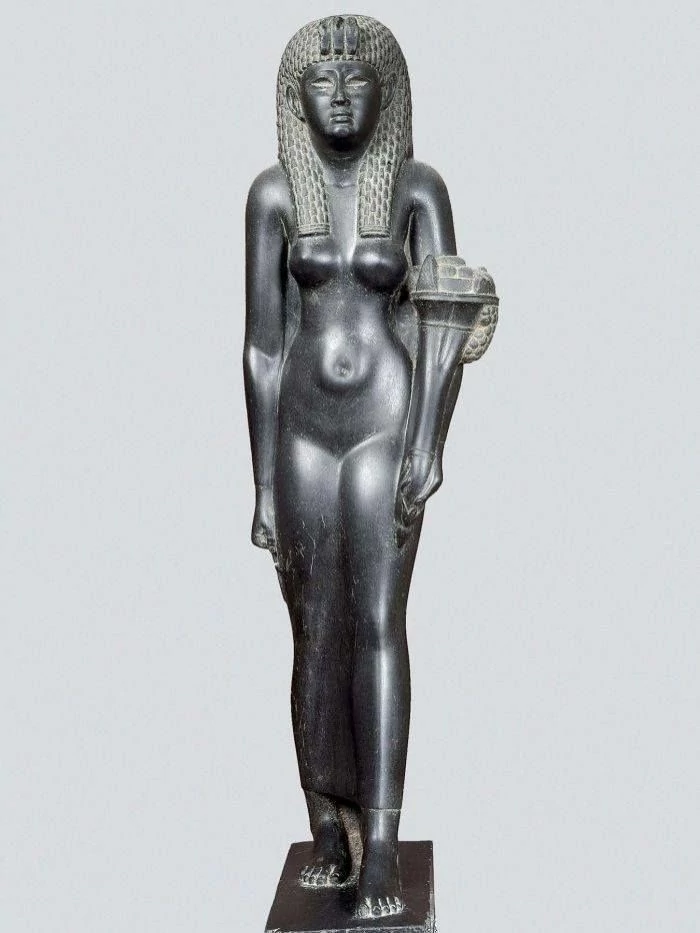Ancient Egypt
Super power of all super powers.


Egyptian art and culture are so large in both time and artifacts that it’s hard to wrap your mind around it. For over 3100 years Egypt was a super power (not counting the Neolithic and Predynastic cultures from 6000-3200 BCE). The Nile river, its delta and the Arabian Desert were a natural barrier from unwanted invaders, creating a buffer that allowed Egyptian culture to thrive politically, religiously and artistically with very little outside influence. Belief systems and art changed very little, and grew deep over that time, leaving one of the world’s most rich, unique cultures ever to inhabit the planet.
From the time of Narmer, the first ruler to unify the kingdoms of upper and lower Egypt, to the the conquest of Egypt by Alexander the Great 2,800 years later, Egypt created an art and language that perfectly expressed its religion and politics, which in turn motivated the construction of several of the greatest wonders of the ancient world. From the pyramids of Giza to the tombs in the Valley of the Kings, the Egyptian belief in the afterlife led to a preservation of their culture that reveals treasures to this day. Some archaeologists claim that only a quarter of the artifacts and buildings have been uncovered in the Arabian Desert and the Nile River Delta. America is 240 years old, multiply that by 13 and you have Egypt’s timeline. To call it a wealth of history is an understatement.
Alexander the Great conquered Egypt in 332 BC, establishing the Ptolemaic, or Macedonian Greek dynasty that lasted until 30 BCE, when Rome claimed Egypt after the death of the last Ptolemaic ruler, Cleopatra. Under the rule of foreign powers, many aspects of Egyptian language and culture were assimilated or died out. For over 2,000 years Hieroglyphics, the written Egyptian language, was considered undecipherable. It was not until the discovery of the Rosetta Stone in Rosetta Egypt in 1799 by the French that we had our first clue. The Rosetta Stone includes three identical languages: Hieroglyphics, Egyptian Demotic and Greek, of which the Greek was the clue that allowed for Hieroglyphics to be deciphered. One of the great surprises was that Hieroglyphics was both a pictorial language and a tonal language. Each image makes up a sound in the Egyptian alphabet, allowing Egyptian writers to play with both image and words at the same time. Unraveling the mystery of Hieroglyphics allowed historians to step into the shoes of the ancient Egyptian culture—which is now richly documented and explored.
...
Got questions, comments or corrections about Ancient Egypt? Join the conversation in our Discord, and if you enjoy content like this, consider becoming a member for exclusive essays, downloadables, and discounts in the Obelisk Store.

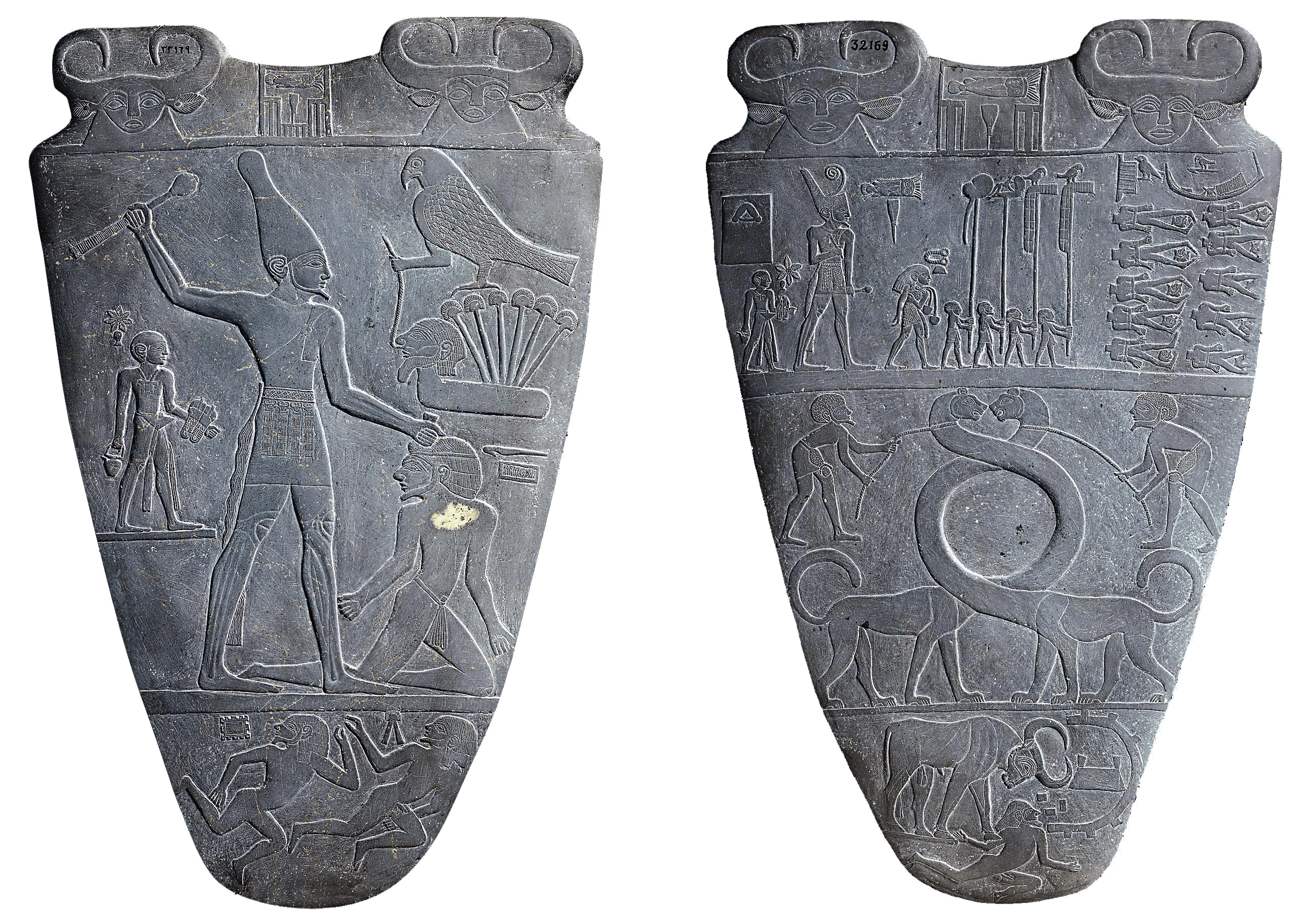
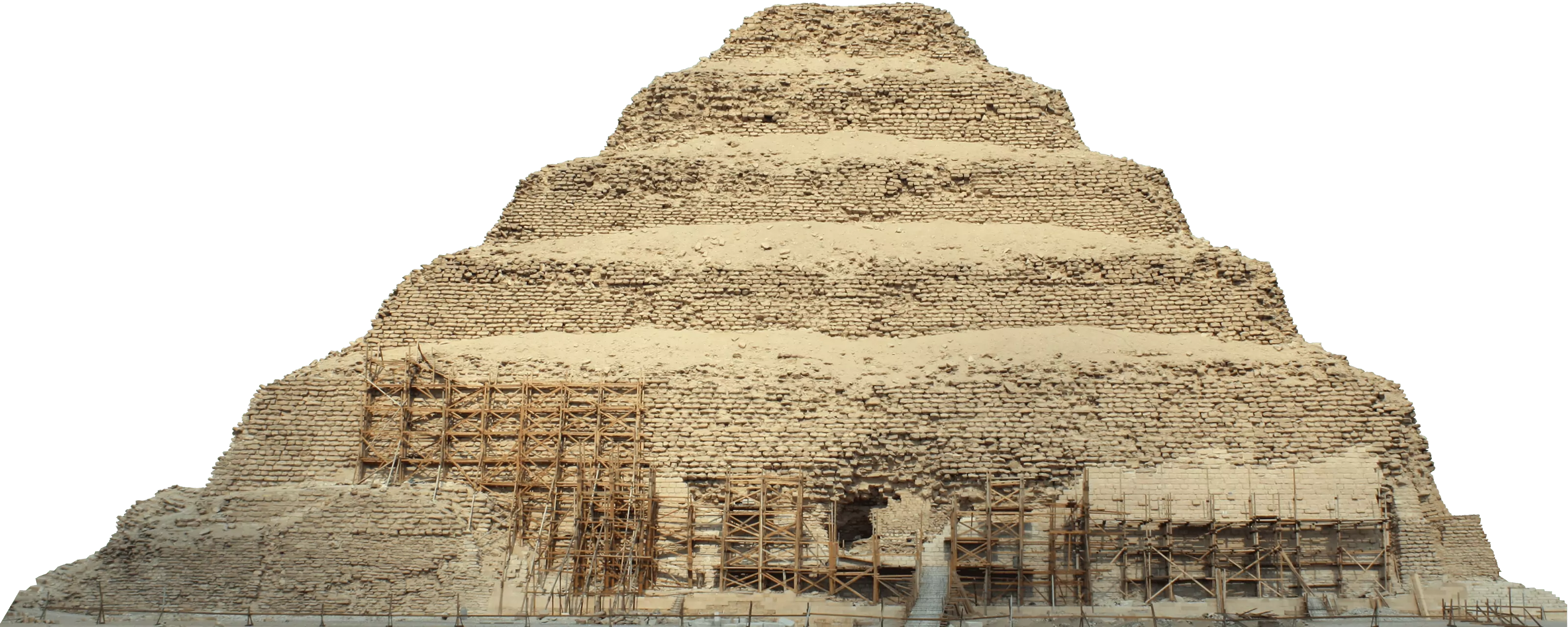

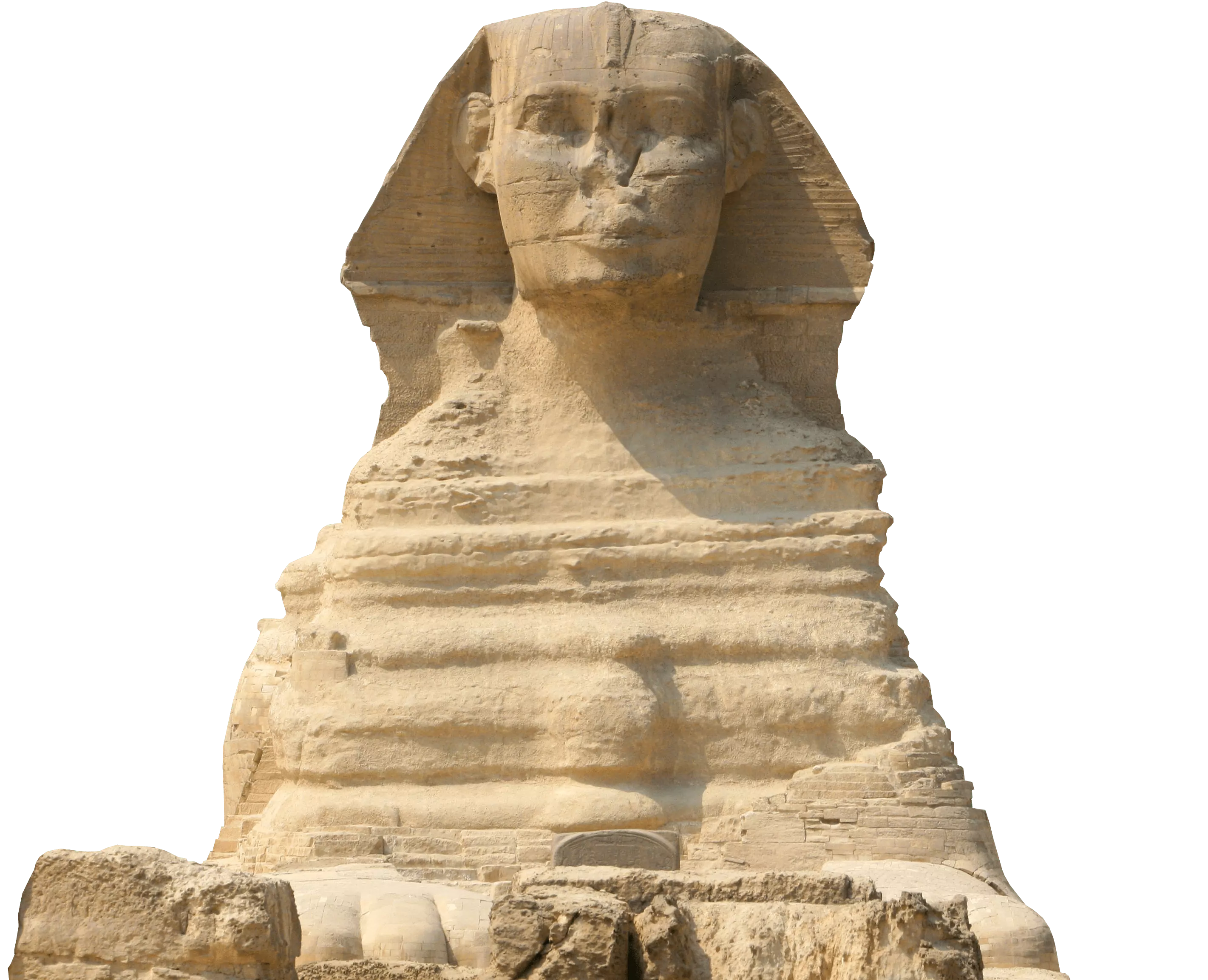

I am one of those gods, the Powers who effect the triumph of Osiris over his adversaries on the day of the Weighing of the Words : I am thy kinsman, Osiris.
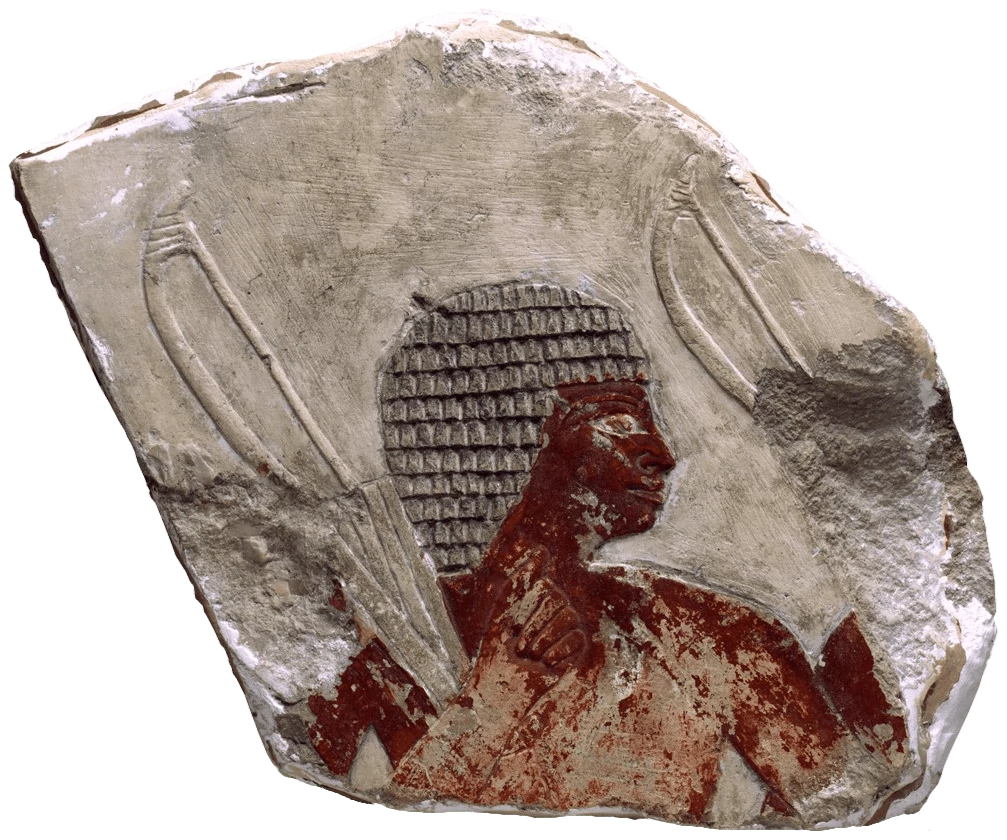

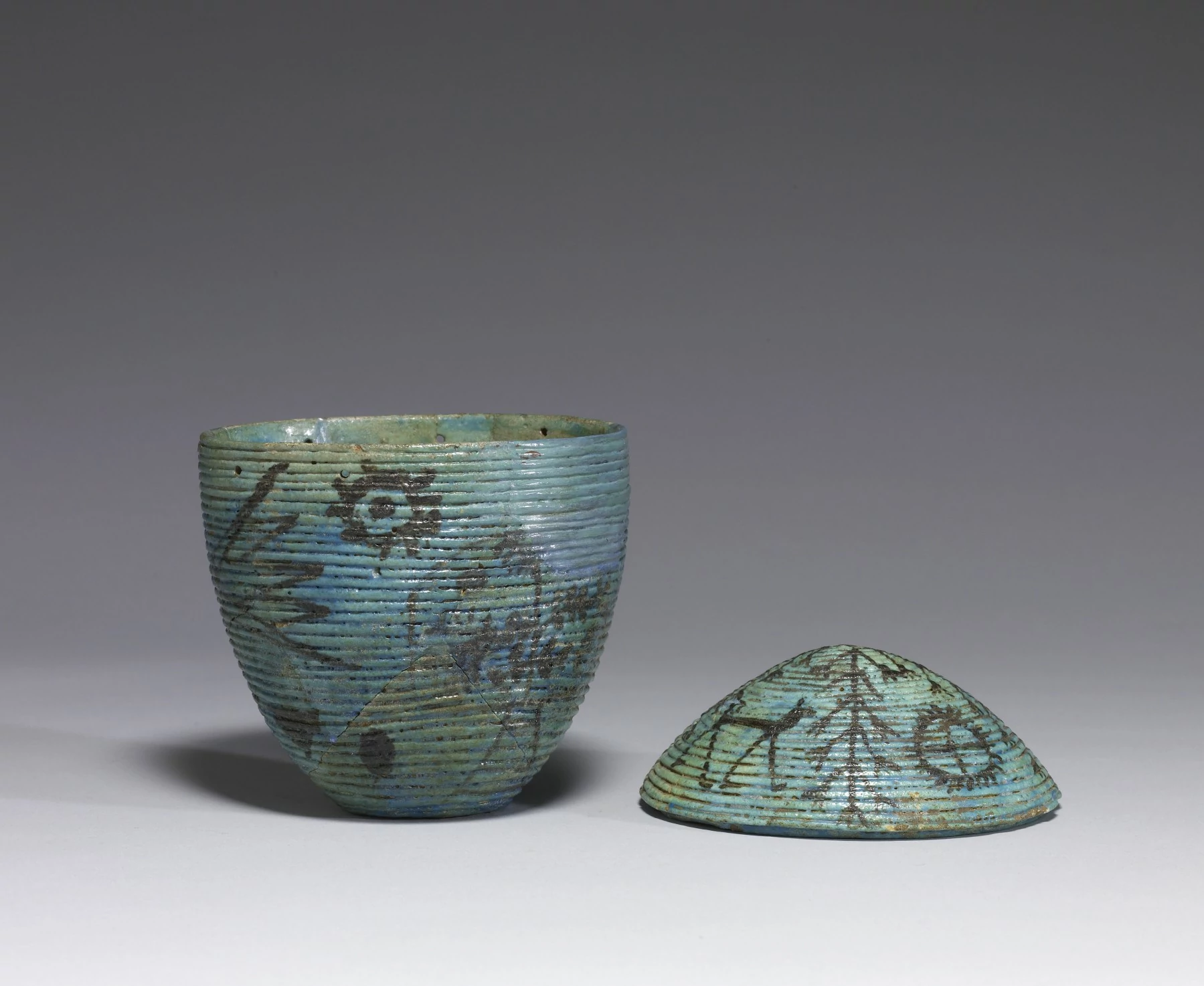
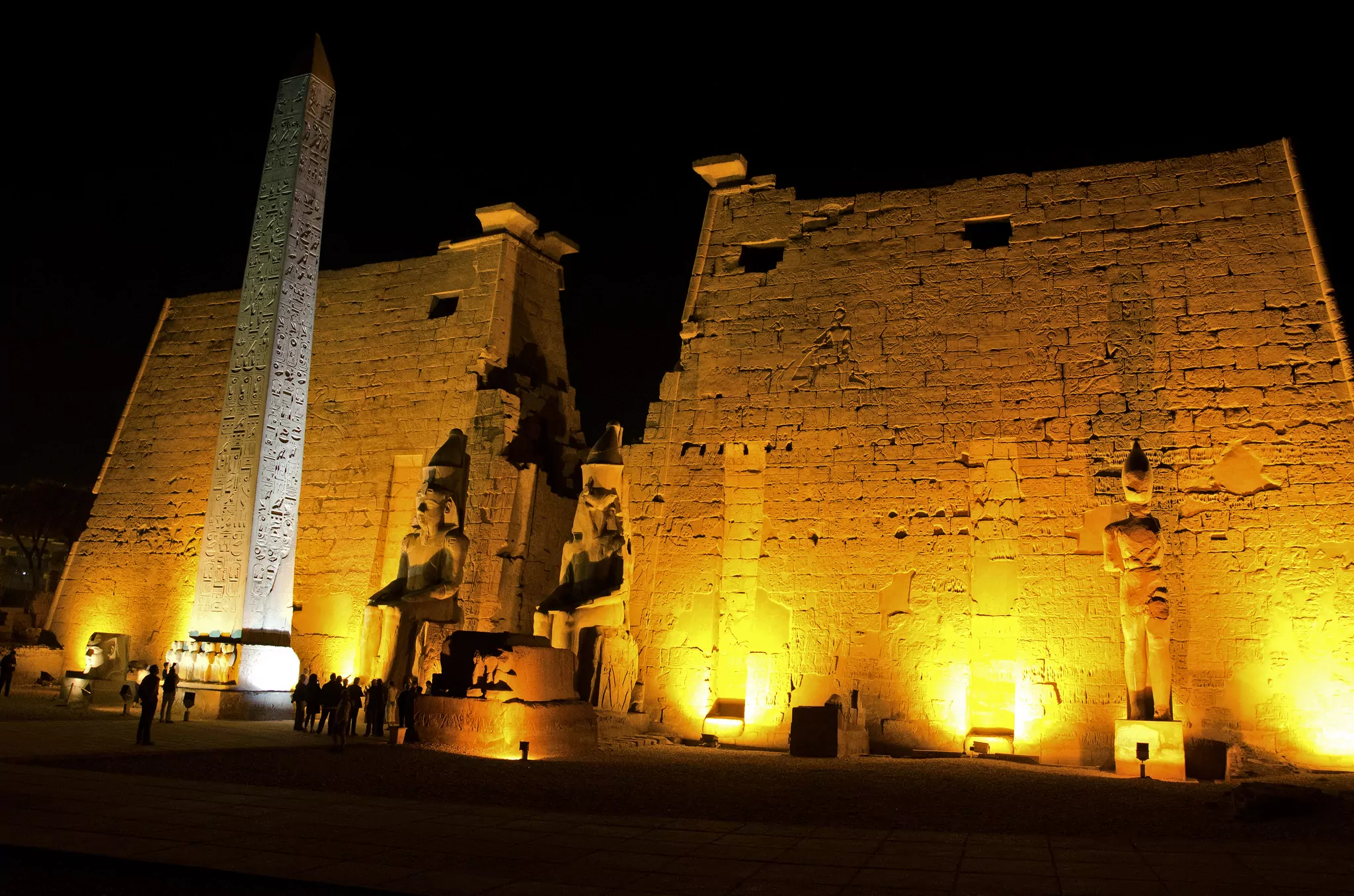
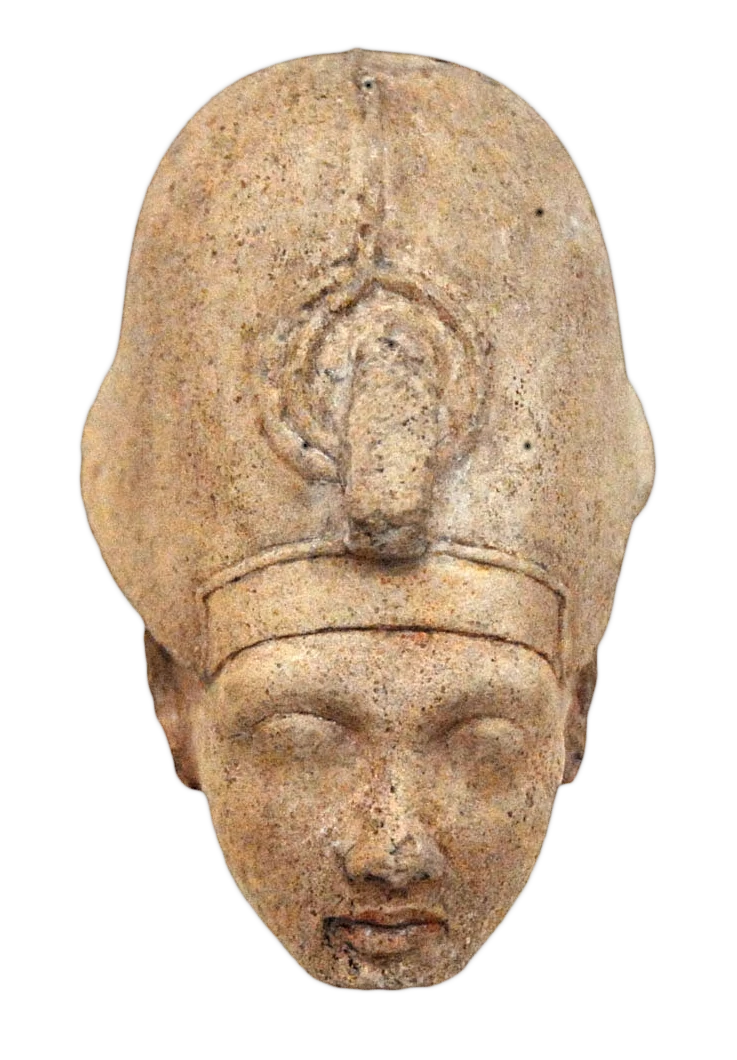
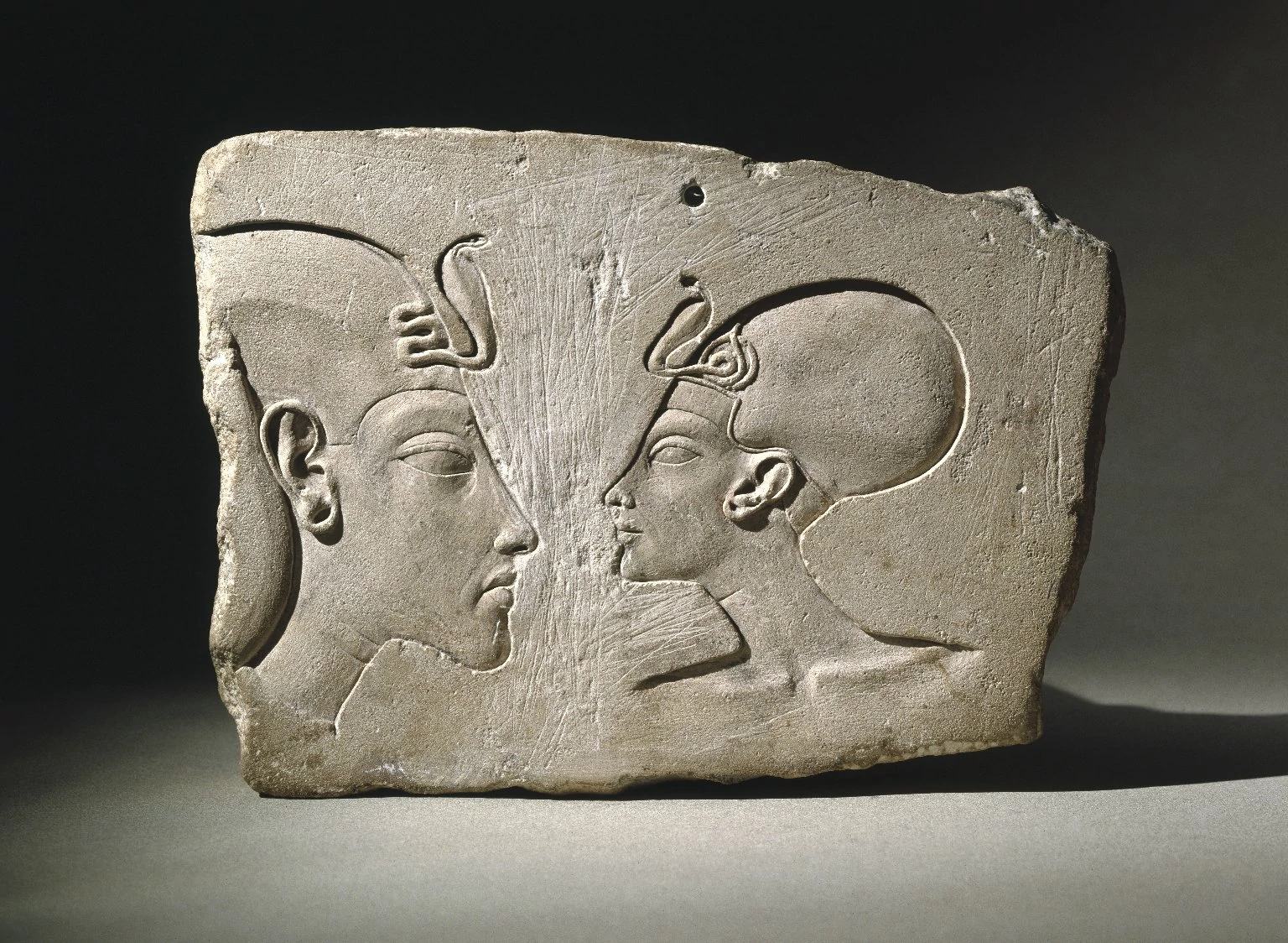
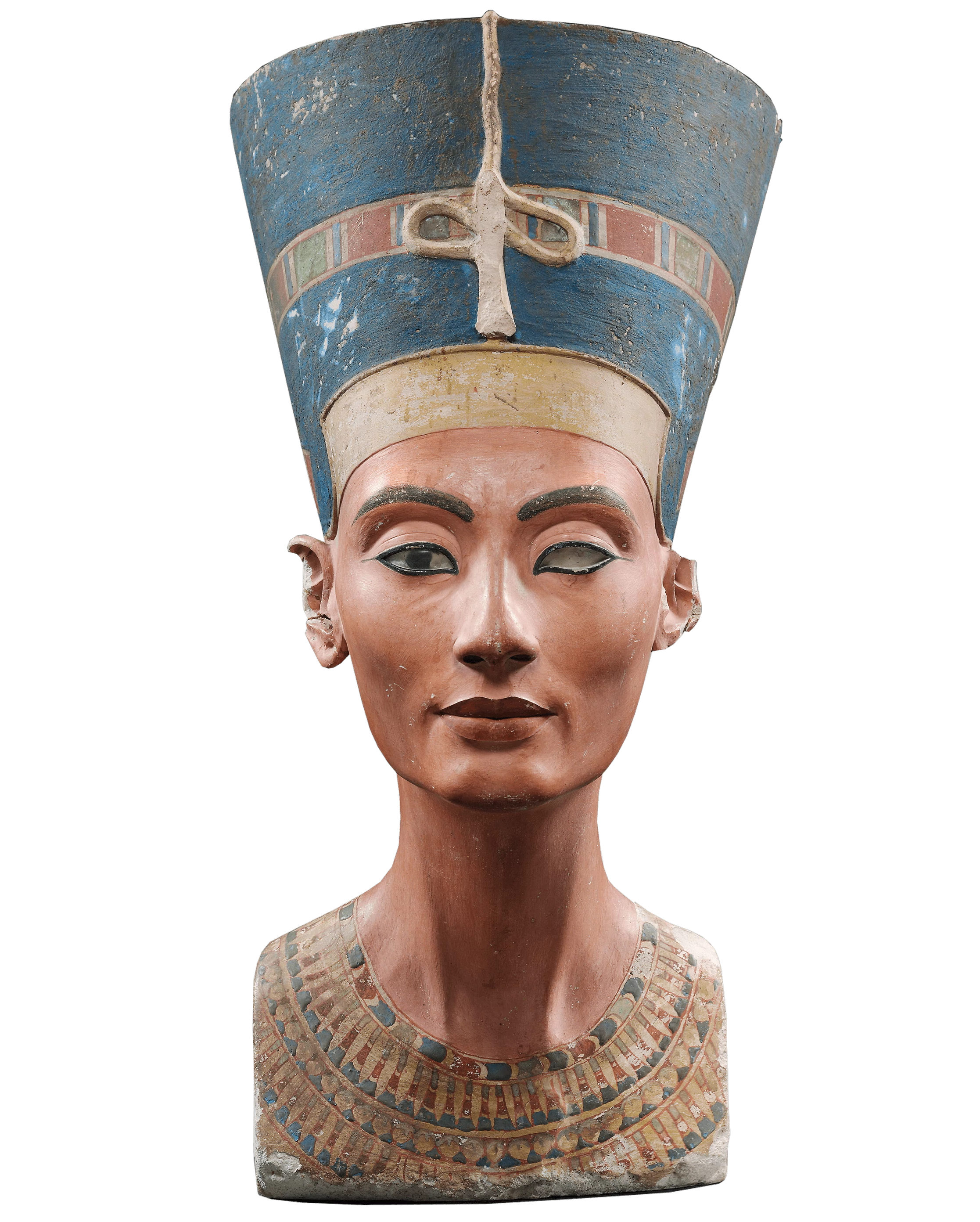
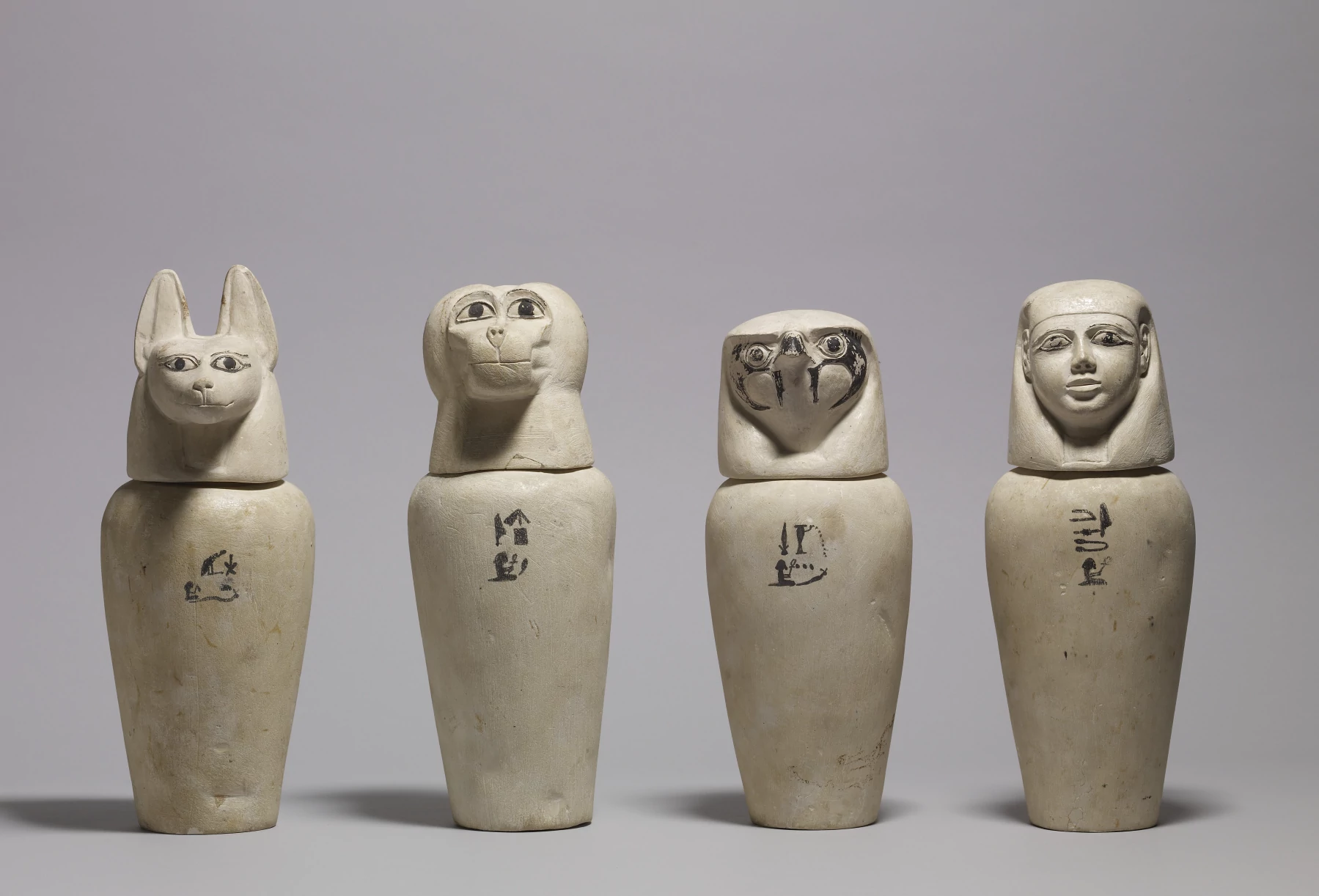
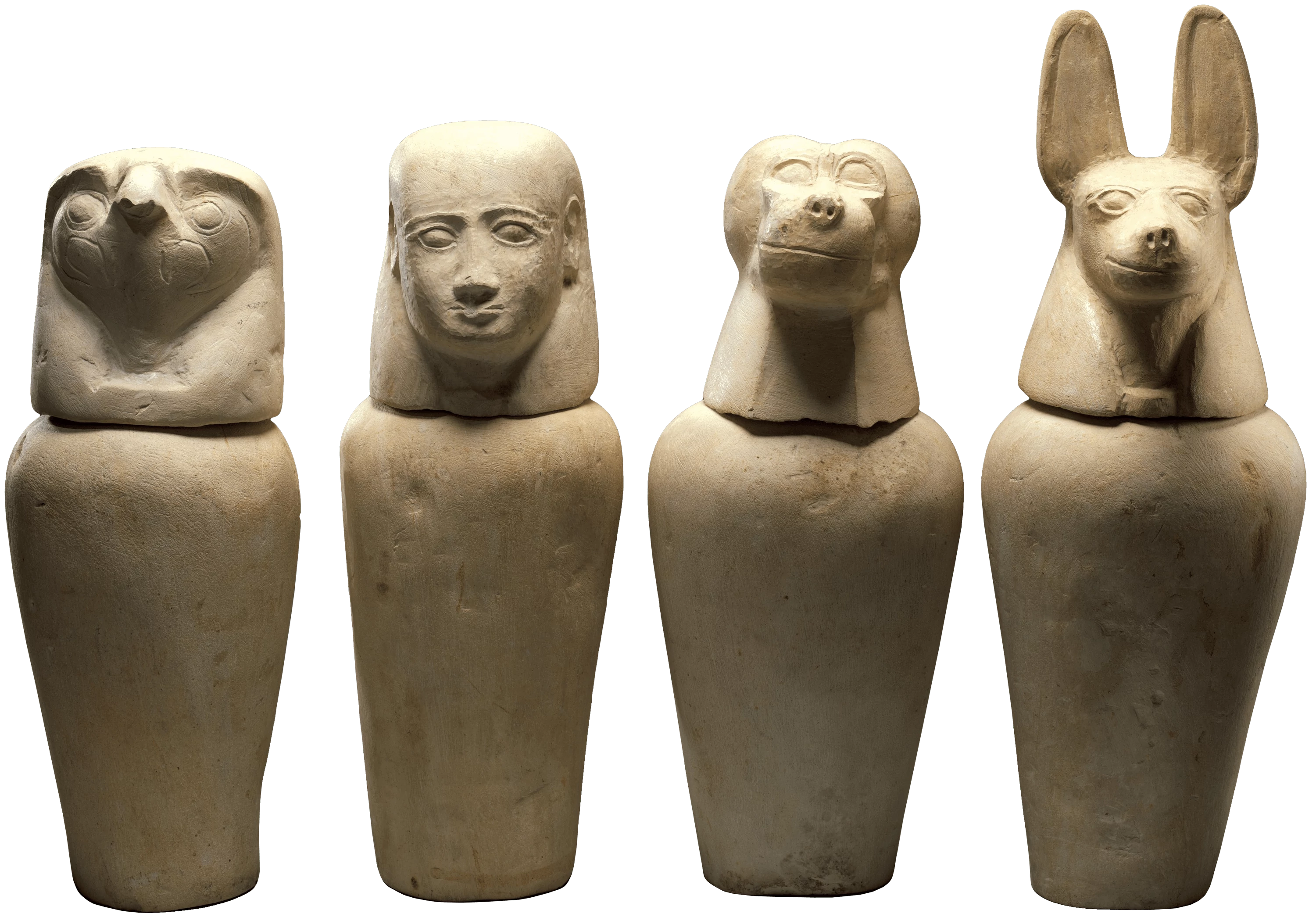
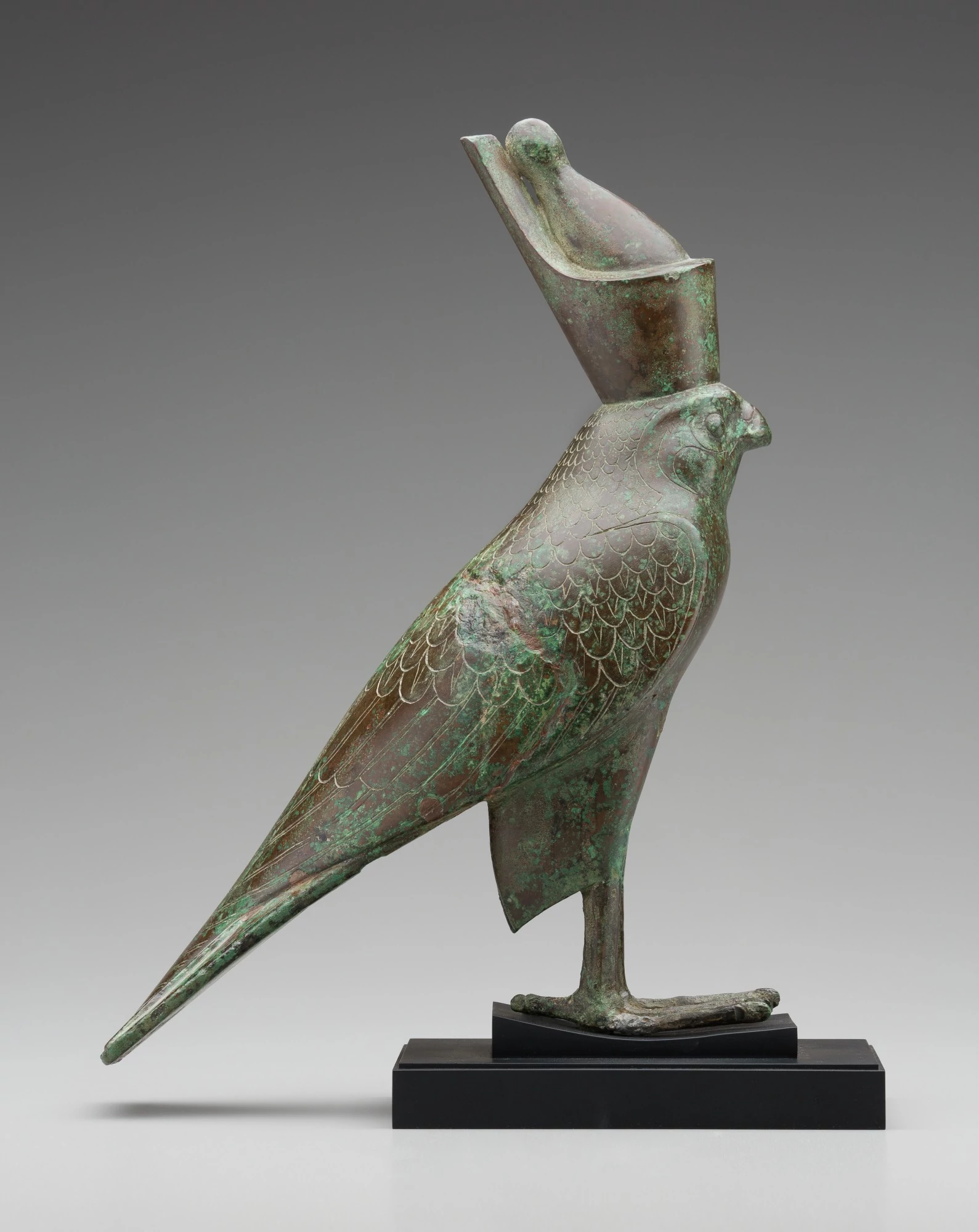

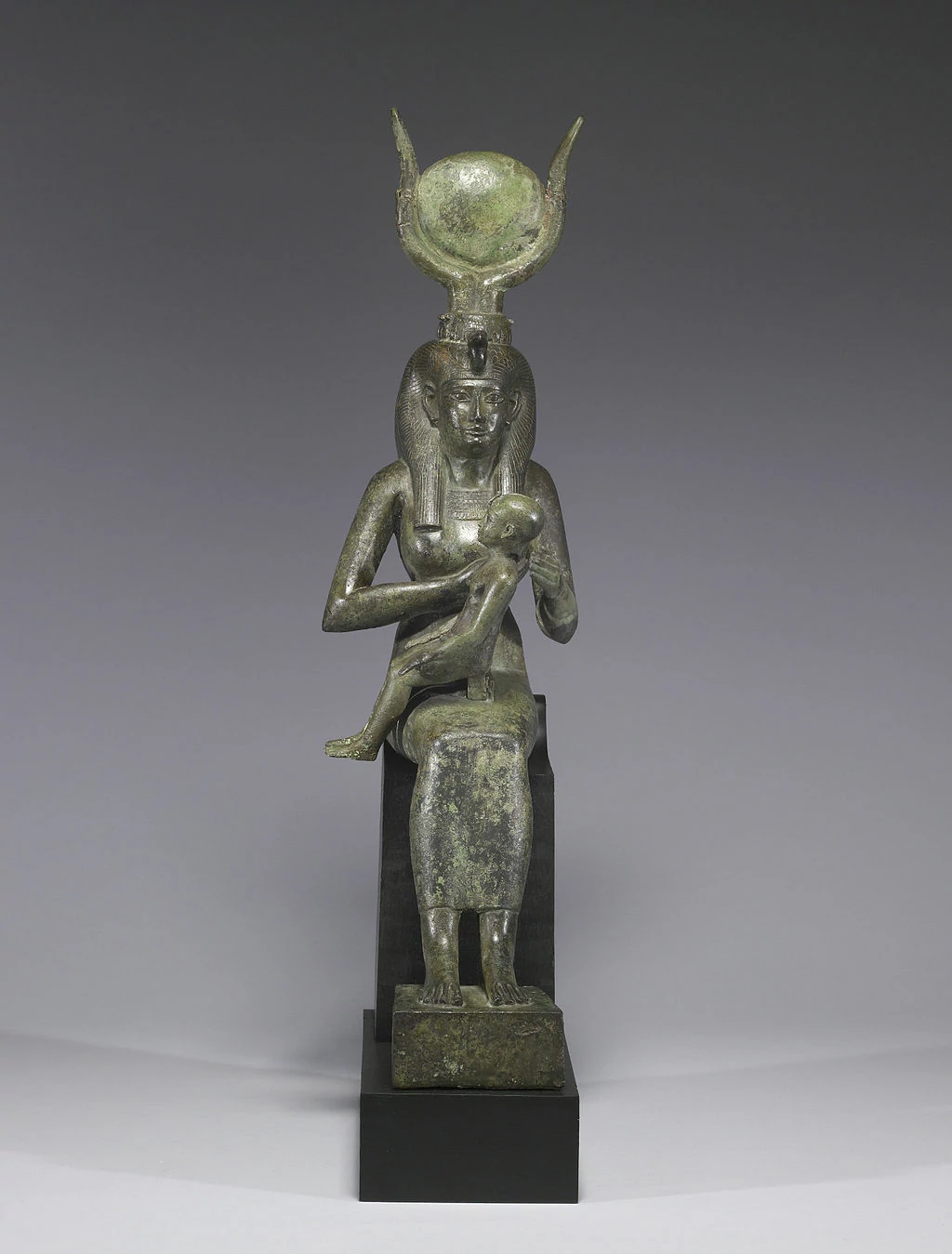

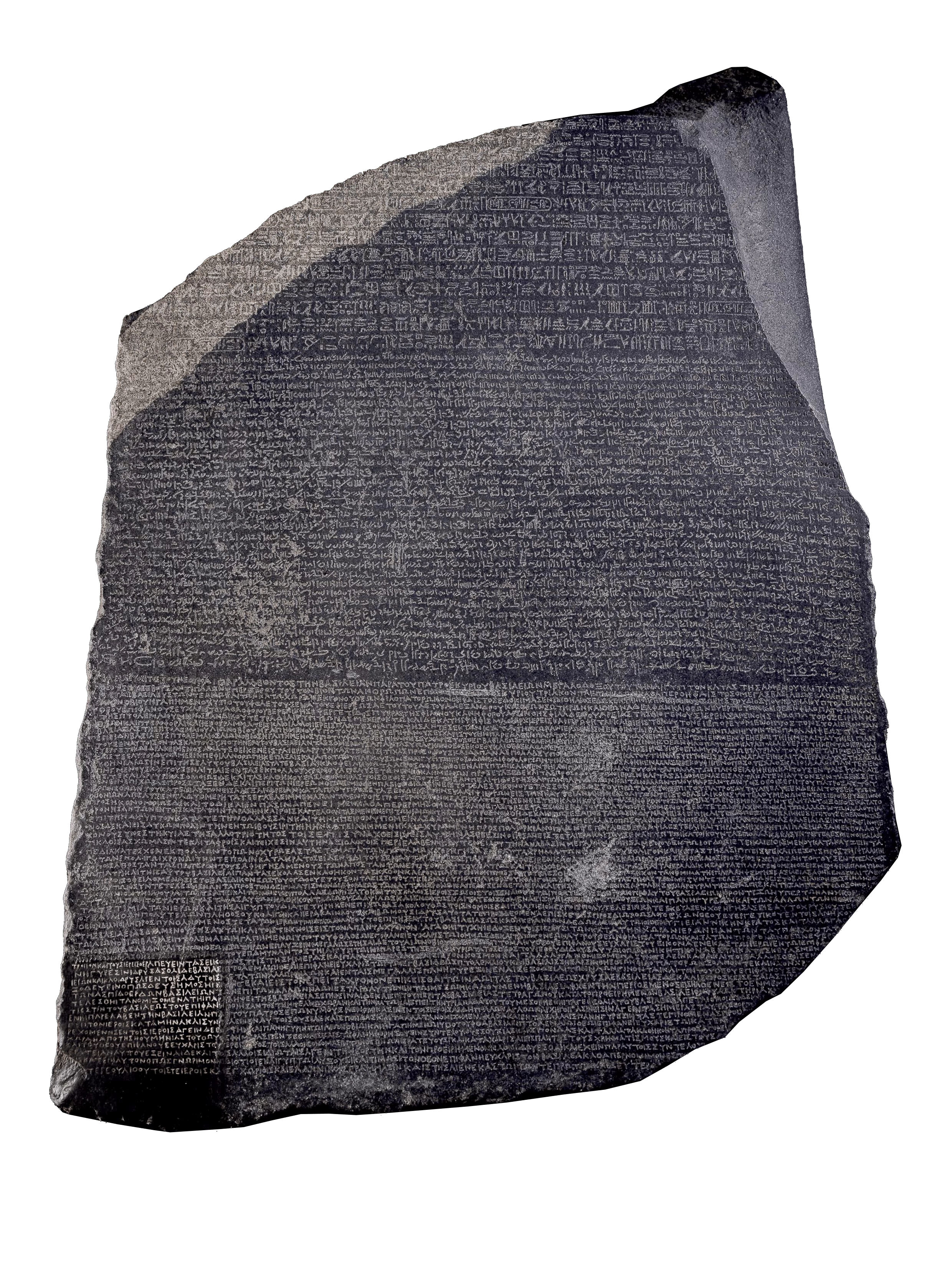
The gods have given him health, victory and power, and all other good things, and he and his children shall retain the kingship for all time.
